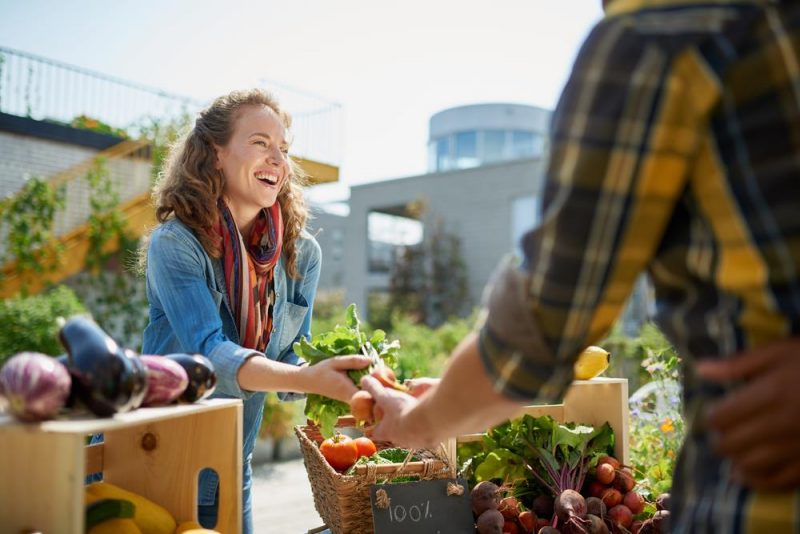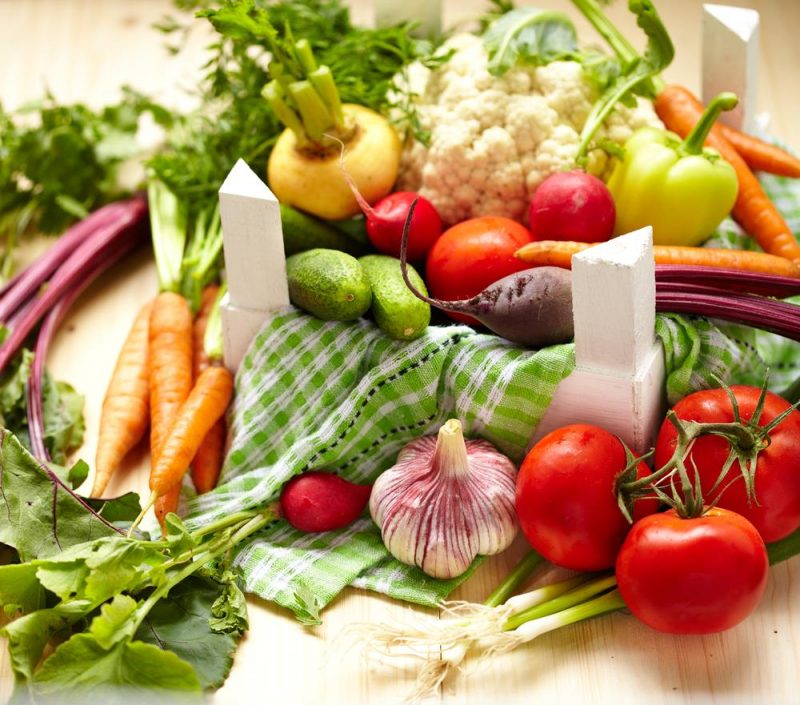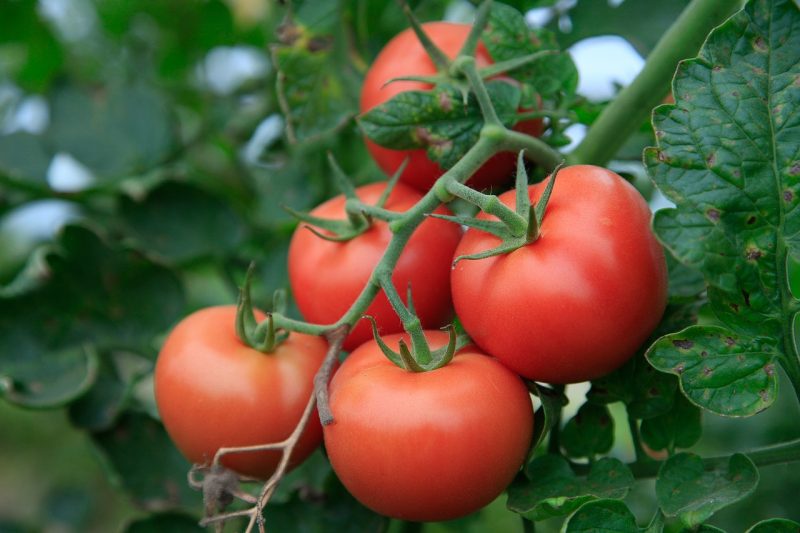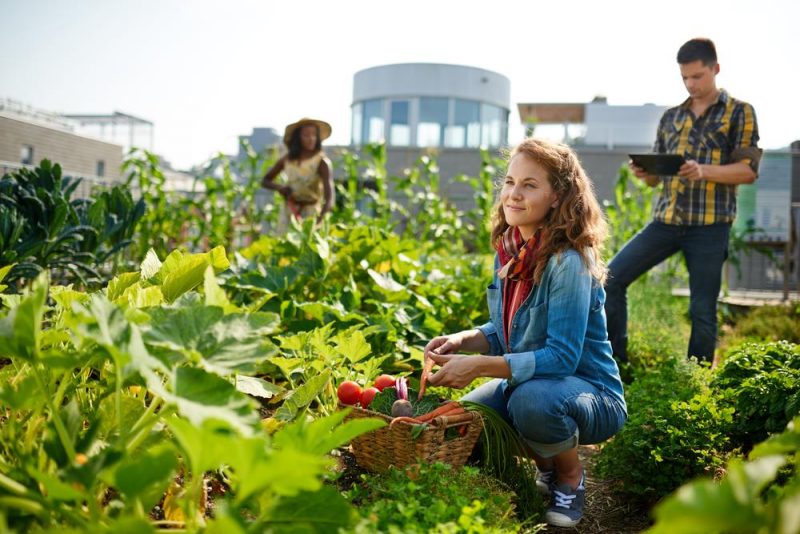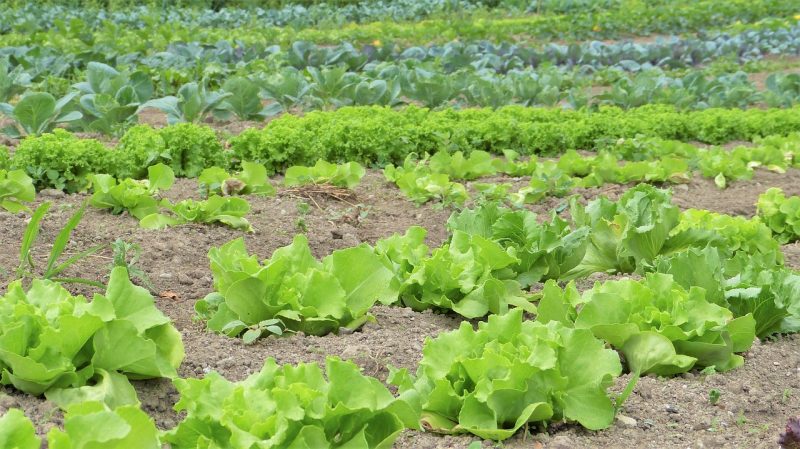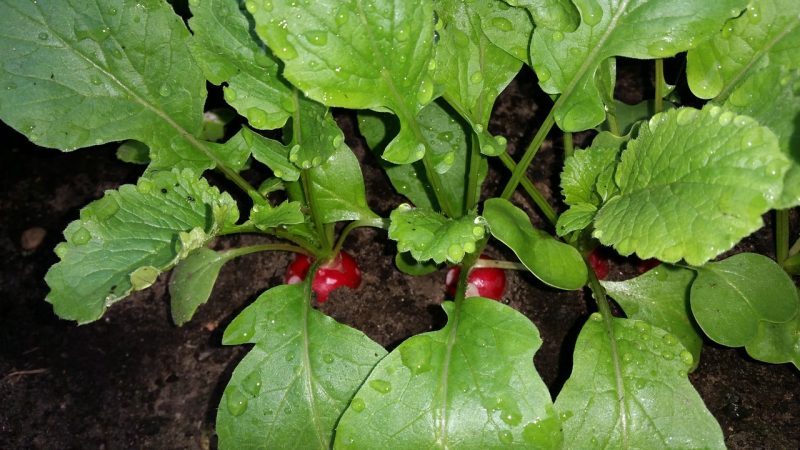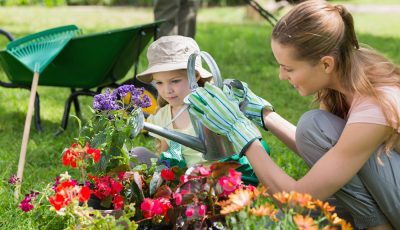Beginner’s Guide To Veganic Gardening
Hey there learners!
If you are new to vegan gardening, then you’re in the right place. Before reading on to the extensive guide on vegan gardening, let me show you a clear picture on veganic gardening and how it works.
What do you mean by the term veganic? It stands for both vegan and organic. Vegan refers to the consumption of zero animal products, while organic means one consumes only natural products. So when putting both terms together, veganic means to use the natural process of gardening or farming without harming animals or any other living things.
Your Beginner Guide to Veganic Gardening
The whole concept of the veganic gardening involves the prohibition of using chemicals, toxic sprays, animal remains, and manure. A vegan would avoid using animal products. Similar to that, we avoid all fertilizers produced from animals, such as bone meal, blood, fish emulsions, slaughterhouse sludge, and other forms of manure.
Of course, the above-listed products may carry some dangerous ingredients with them. That is why food that grows while you use these products can also be hazardous. Remember that the core intention of veganic gardening is to produce safer and healthier food of our own, so let’s steer clear from any of those hazardous chemicals!
The first thing we are going to see is the soil conditioners and fertilizers that are needed in veganic gardening. The veganic soil conditioners, as well as the fertilizers, includes wood ash, green manures or nitrogen fixation crops, composted organic matter, liquid feeds and seaweed.
In case you have a problem in changing the garden plot, then you obviously can’t alter the position of your plants. By using the same guidelines as a container gardening guide, the only difference is the spacious accommodation.
The growing conditions of the veganic gardening are:
The soil should be well-maintained with good fertility by using sustainable methods, green manures, ecological methods, and also with the non-renewable resources like rock phosphorus, gypsum, rock dust, dolomite, and rock potash. Though we have plenty of resources, using non-renewable resources is recommended.
You can add the same elements specified above for your container gardening. However, do not forget about the ratio! Because in your garden, you will have a vast space, but it won’t be in a container. Hence, there is no change in the procedure except for the amount of space used and the proportion in fertilizer to changes.
The cover crop is the primary form of green manure which helps prevent the soil erosion, pest, and diseases while improving the health of soil fertility and quality. It also manages the water convenience for the farm. Wheat, vetch, oats, rye, or clover are the plants used for a cover crop.
These plants will be plowed in the garden to secure the soil strength. It is a kind of fast-growing plants so surely it helps you to maintain the garden’s soil as vigorous obviously without the fear of erosion and disease and shall get the nutrients.
Peas and broad beans seeds or the Crimson cover are also a cover crop which provides nitrogen to the soil, avoiding the weeds that come in your garden, especially during the months of winter.
The container must be filled with one of three parts of water. It should also contain the nettles, grasses, and even comfrey leaves. Take note that your container should not be disturbed for two to four weeks.
Veganic gardening is best when in the midst of chemical planting and other planting systems. Women have their dream in gardening as well as healthy food, and you can get it through veganic gardening, which gives you healthy food along with excellent gardening satisfaction.

